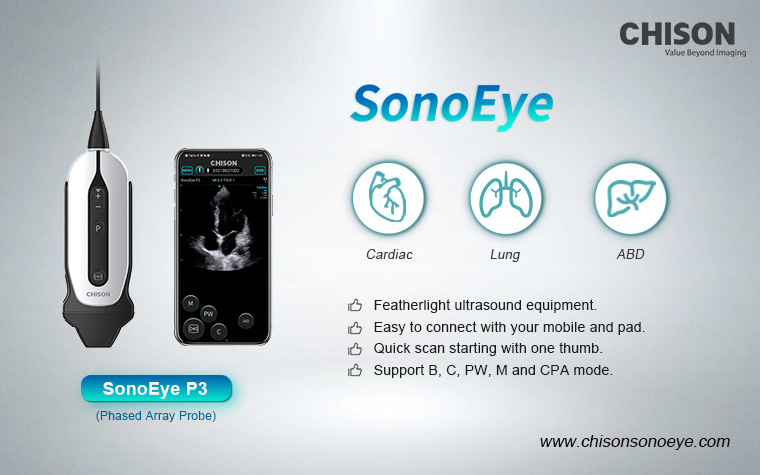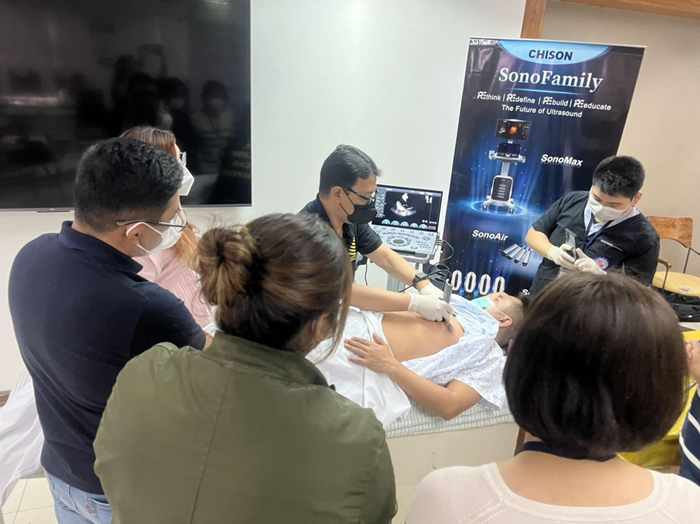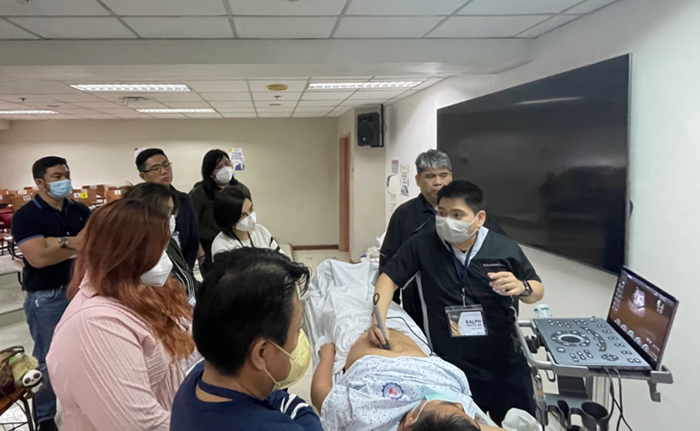In recent years, the role of ultrasound in trauma management has emerged as a pivotal topic within the medical community. This non-invasive imaging technique has proven to be invaluable in rapidly assessing and diagnosing traumatic injuries, aiding medical professionals in making timely and informed decisions that can significantly impact patient outcomes. In this article, we delve into the significance of ultrasound in trauma situations, highlighting its benefits, applications, and the pivotal role it plays in modern medical practice.
Ultrasound has revolutionized the way medical practitioners approach trauma assessment. Unlike traditional imaging methods like X-rays or CT scans, ultrasound offers distinct advantages that make it an essential tool in trauma situations.
1. Real-Time Imaging
Ultrasound provides real-time imaging capabilities, allowing medical teams to visualize internal structures immediately. This real-time feedback aids in identifying internal bleeding, organ damage, and other critical injuries promptly. By obtaining instant visuals, medical professionals can make quick decisions, expediting patient care.
2. Non-Invasive Nature
In the context of trauma, where patients might be in critical condition, the non-invasive nature of ultrasound is paramount. Traditional methods often involve invasive procedures, posing additional risks to already compromised patients. Ultrasound eliminates this concern, offering a safe yet effective way to diagnose injuries without exacerbating the patient's condition.
3. Portability and Accessibility
Another remarkable aspect of ultrasound technology is its portability. This feature is particularly advantageous in emergency situations or remote locations where immediate access to advanced imaging might not be feasible. Medical teams can carry portable ultrasound devices, enabling them to perform on-the-spot assessments and make crucial decisions without delay.
You can choose various portable ultrasounds like CHISON SonoBook 9 and SonoAir. In some extreme conditions, handheld ultrasounds like SonoEye can be more practical and easy to use.

Ultrasound's versatility in trauma assessment is evident through its various applications, each contributing to a comprehensive evaluation of the patient's condition.
1. Focused Assessment with Sonography for Trauma (FAST)
FAST is a well-established ultrasound protocol used to quickly assess trauma patients for internal bleeding and fluid accumulation. It involves a systematic examination of specific body areas, such as the abdomen and chest, to identify potential sources of bleeding. The speed and accuracy of FAST make it an indispensable tool in the initial stages of trauma management.
2. Evaluation of Musculoskeletal Injuries
Beyond internal injuries, ultrasound is also valuable in evaluating musculoskeletal trauma. It aids in identifying fractures, dislocations, and soft tissue injuries, enabling medical professionals to plan appropriate interventions and prevent complications.
3. Neurological Assessment
Ultrasound can play a role in assessing neurological trauma as well. While it may not replace advanced imaging techniques for detailed brain evaluations, it can offer initial insights into intracranial bleeding or abnormalities, guiding further diagnostic and treatment strategies.

The benefits of ultrasound in trauma management extend beyond hospital walls. In pre-hospital settings, such as ambulance services or disaster response teams, ultrasound can significantly enhance patient care.
1. Rapid Triage and Decision-Making
Ultrasound equips first responders with the ability to triage patients rapidly and accurately. By identifying critical injuries on the spot, responders can prioritize patients based on the severity of their condition, ensuring those in need of urgent care receive immediate attention.
2. Effective Communication with Hospitals
In cases where patients need to be transported to medical facilities, ultrasound findings can be communicated to the receiving hospital. This proactive sharing of information streamlines the admission process, allowing the hospital staff to prepare adequately for the patient's arrival.

As technology continues to evolve, so does the role of ultrasound in trauma management. Advancements in portable ultrasound devices, image resolution, and artificial intelligence integration are poised to further enhance the utility of ultrasound in traumatic situations.
In conclusion, the use of ultrasound in trauma management is not just necessary; it is transformative. Its ability to provide real-time imaging, its non-invasive nature, and its portability make it an indispensable tool for medical professionals dealing with trauma scenarios. From its applications in rapid assessments to its potential impact on pre-hospital care, ultrasound's role in modern medicine cannot be overstated. As we look to the future, the ongoing evolution of ultrasound technology promises even more sophisticated ways to aid in trauma management, ultimately leading to better patient outcomes. Contact CHISON for more information.
Contact Us
Copyright © CHISON Medical Technologies Co., Ltd. All Rights Reserved | Privacy and terms of use
Products: Vascular Ultrasound Machine MSK Ultrasound Machine Portable Ultrasound Device Portable Ultrasound Machine for Sale Portable Ultrasound Machine For Pregnancy Handheld Ultrasound For Pregnancy Handheld Veterinary Ultrasound Veterinary Ultrasound Machine Portable Vascular Ultrasound Livestock Ultrasound Machine

CHISON respects your privacy. We use cookies to make our site more personal and enhance your experience. Read our Private Policy to learn more about cookies and how to manage them. You agree to our use of these technologies when you visit our site.

We appreciate your feedback
We sincerely invite you to participate in our survey for helping us to improve our digital market.
*1.How fast does the website load?
*2.Does the products displayed on the website interest you?
*3.How easy is it for you to find the information you need?
4.What information or service do you suggest we can offer?


THANKS
Thank you for sharing your thoughts with us. We’re highly appreciated your every feedback.

Sorry!

THANKS
Thank you for sharing your thoughts with us. We’re highly appreciated your every feedback.